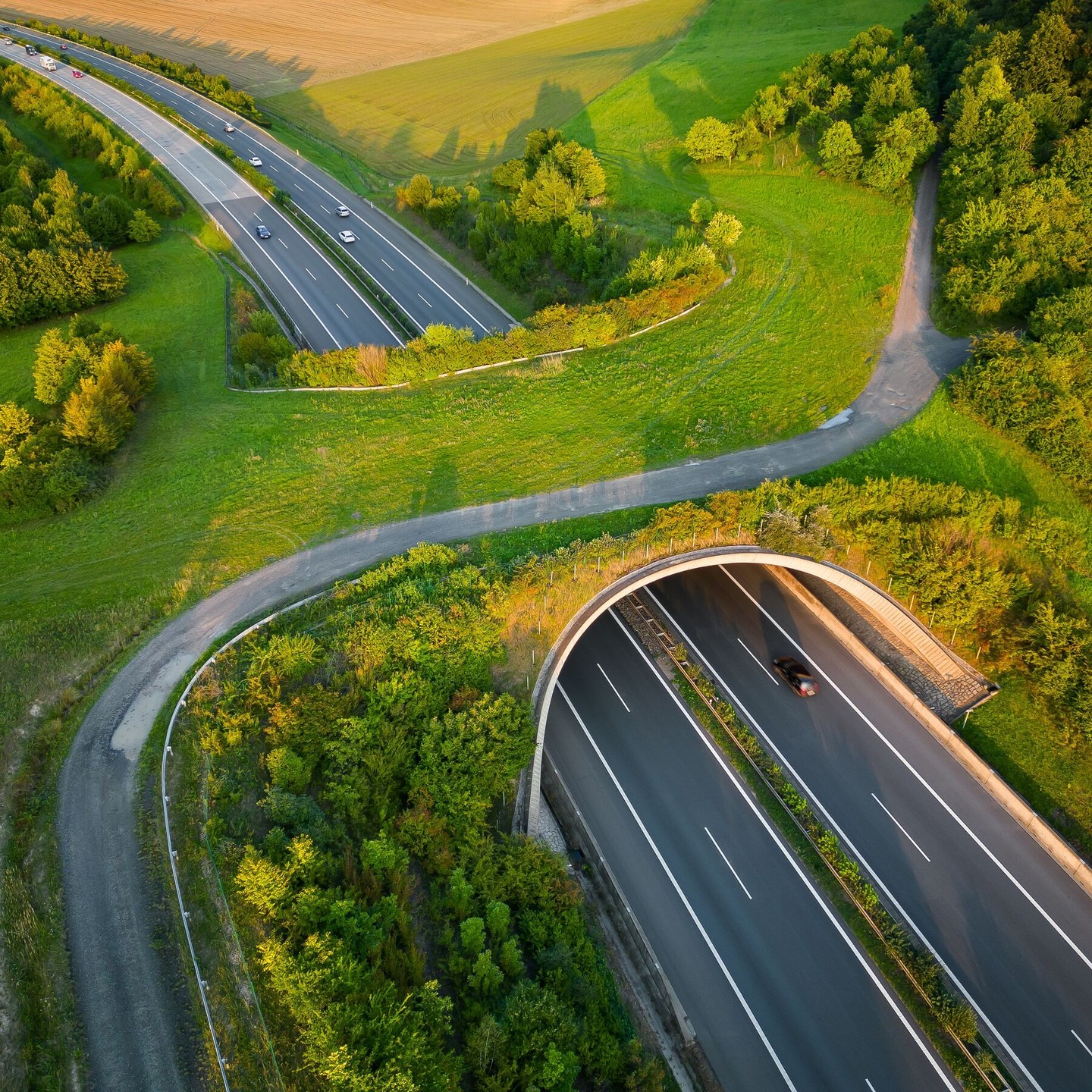- The Maryland Connectivity Coalition and its role in wildlife conservation
- The impact of habitat fragmentation on wildlife and ecosystems
- The science and technology behind wildlife crossings
- The benefits of wildlife crossings for both animals and humans
- Success stories and future implications of similar conservation initiatives
The Maryland Connectivity Coalition and its role in wildlife conservation
Earlier this week, Governor Moore signed a groundbreaking bill establishing the Maryland Connectivity Coalition. This legislative move represents a significant step forward in conservation, particularly in reducing the impacts of habitat fragmentation. The coalition’s primary mission is to develop and implement strategies that allow wildlife to traverse their natural habitats safely, focusing predominantly on building wildlife crossings.
Wildlife crossings serve as bridges over highways and roads that have historically disrupted animal movement, resulting in population isolation, decreased genetic diversity, and increased mortality rates due to vehicle collisions. The Maryland Connectivity Coalition will spearhead efforts to mitigate these challenges, collaborating with ecologists, engineers, and policymakers. Their work promises to foster a healthier relationship between human development and nature.
The impact of habitat fragmentation on wildlife and ecosystems
Habitat fragmentation is a pressing issue that threatens biodiversity globally. It occurs when larger habitats are divided into smaller, isolated patches due to urban development, agriculture, and infrastructure expansion. This fragmentation disrupts ecosystems, forcing wildlife into confined spaces that often lack sufficient resources for survival.
For instance, the inability of species to migrate freely can lead to inbreeding, reducing genetic diversity and resilience to diseases and environmental changes. Fragmented habitats also impede access to food and mates, further threatening population viability. The Maryland Connectivity Coalition aims to counteract these effects by preserving and reconnecting natural corridors, allowing wildlife to move freely and maintain ecological balance.
The science and technology behind wildlife crossings
Wildlife crossings are innovative solutions developed to address the challenges of fragmented habitats. These structures, which include overpasses and underpasses, are designed based on the specific needs and behaviors of local wildlife. Engineers and ecologists collaborate to identify optimal locations and designs, ensuring that crossings blend naturally into the environment.
Advanced technologies such as motion sensors and camera monitoring are often employed to study wildlife interaction with these structures. Data collected provides invaluable insights into their effectiveness and informs future improvements. The success of these crossings hinges on thorough research and a deep understanding of animal behavior and ecology, making them a crucial component of modern conservation strategies.
The benefits of wildlife crossings for both animals and humans
Implementing wildlife crossings yields significant benefits for both wildlife and human populations. For animals, these structures offer safe passage across roads, reducing mortality rates and enabling natural movements that are vital for finding food, mates, and new territories. This freedom to roam helps to sustain robust populations and healthy ecosystems.
For humans, wildlife crossings substantially decrease the likelihood of vehicle-wildlife collisions. These accidents pose serious safety risks and lead to considerable economic costs, including vehicle repairs, medical expenses, and insurance claims. By reducing these incidents, wildlife crossings enhance road safety and save lives, proving that human interests and conservation goals can align harmoniously.
Success stories and future implications of similar conservation initiatives
The concept of wildlife crossings is not new but has seen remarkable success in various parts of the world. Countries like the Netherlands and Canada have long invested in such infrastructure, resulting in notable reductions in roadkill and improved biodiversity. These success stories serve as powerful models for Maryland’s efforts.
The Maryland Connectivity Coalition’s vision extends beyond immediate benefits. By pioneering this initiative, Maryland positions itself as a leader in innovative conservation strategies. The coalition aims to inspire similar undertakings across the United States, demonstrating that thoughtful infrastructure can coexist with natural ecosystems.
As the coalition begins its work, it promises to transform the landscape of wildlife conservation in Maryland. By addressing habitat fragmentation and fostering connectivity, these efforts will undoubtedly contribute to healthier ecosystems and safer communities. Governor Moore’s backing of this coalition signifies a commitment to an enduring legacy of environmental stewardship, where progress respects and integrates with the needs of nature.
*****
Source Description
It’s time for another conservation win! 🍃 Earlier this week, Governor Moore signed a bill establishing the Maryland Connectivity Coalition. This group will work to protect wildlife against habitat fragmentation, namely by building wildlife crossings. These green bridges will allow animals to safely cross over highways, protecting both wildlife and motorists by reducing the number of vehicle-wildlife collisions. That’s a conservation WIN!


